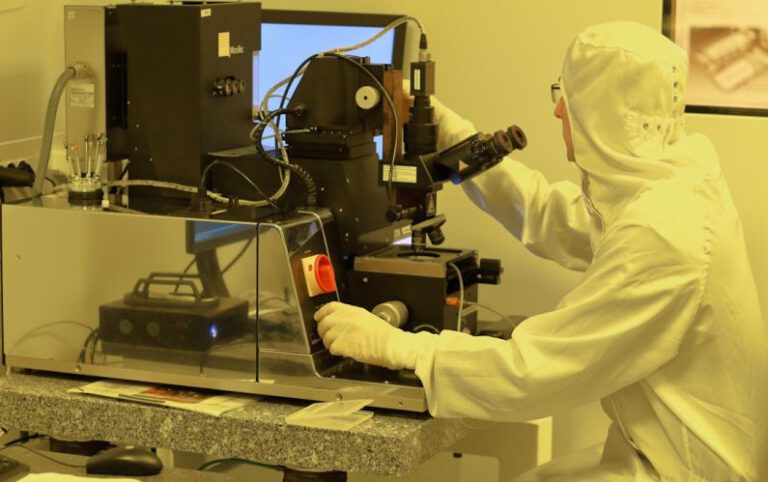Are We Close to Achieving Fusion Energy?
For decades, scientists and researchers around the globe have been tirelessly working towards harnessing the power of fusion energy, envisioning a future where clean, abundant, and sustainable energy can be a reality. Fusion energy, often dubbed as the “holy grail” of clean energy, holds the promise of providing a virtually limitless source of power without the harmful emissions associated with traditional fossil fuels. But the question remains: Are we close to achieving fusion energy?
Overcoming Technical Challenges
One of the main challenges in achieving fusion energy is replicating the extreme conditions found at the core of the sun here on Earth. Fusion reactions occur when atomic nuclei collide at high speeds and temperatures, fusing together to release energy. To achieve this on Earth, scientists have been working on developing fusion reactors that can contain and control the high-energy plasma needed for fusion reactions to occur.
The most well-known fusion experiment is the International Thermonuclear Experimental Reactor (ITER) in France, a collaboration involving 35 countries. ITER aims to demonstrate the feasibility of fusion power on a commercial scale by producing 500 megawatts of fusion power for sustained periods. While ITER has faced delays and challenges, many experts believe that it could be a significant step towards achieving practical fusion energy.
Private Companies and Innovation
In addition to large-scale government-funded projects like ITER, several private companies have also entered the race to develop fusion energy. Companies like TAE Technologies, General Fusion, and Tokamak Energy are exploring innovative approaches to fusion that could potentially accelerate the timeline for commercial fusion power.
TAE Technologies, for example, is working on a field-reversed configuration (FRC) approach to fusion that aims to create a more stable and efficient plasma confinement. General Fusion is pursuing a magnetized target fusion (MTF) concept that involves using compression techniques to achieve fusion conditions. These private companies are injecting fresh ideas and resources into the fusion research landscape, bringing us closer to the possibility of practical fusion energy.
Advancements in Materials and Technology
Another key aspect of achieving fusion energy is the development of advanced materials and technologies that can withstand the extreme conditions inside a fusion reactor. The high temperatures and intense radiation produced during fusion reactions can pose significant challenges for the structural integrity of reactor components.
Materials science plays a crucial role in designing materials that can withstand the harsh environment of a fusion reactor. Research into advanced materials such as tungsten, beryllium, and ceramics is ongoing to identify materials that can withstand the high temperatures and neutron bombardment experienced in fusion reactors.
Furthermore, advancements in technology, such as improved diagnostics, control systems, and superconducting magnets, are also contributing to progress in fusion research. These technological developments are essential for achieving efficient and reliable fusion reactors that can generate electricity on a commercial scale.
The Road Ahead
While significant progress has been made in the field of fusion energy research, several challenges still need to be overcome before practical fusion power becomes a reality. Technical hurdles, such as achieving sustained plasma confinement and developing cost-effective reactor designs, remain key areas of focus for researchers.
Collaboration between governments, research institutions, and private companies will be crucial in driving forward the development of fusion energy. By pooling resources, expertise, and knowledge, the global fusion community can accelerate progress towards achieving practical fusion power.
In conclusion, the journey towards achieving fusion energy is a complex and challenging endeavor, but one that holds immense promise for the future of clean energy. With continued innovation, collaboration, and perseverance, we may be closer than ever to unlocking the potential of fusion energy and ushering in a new era of sustainable power generation.






